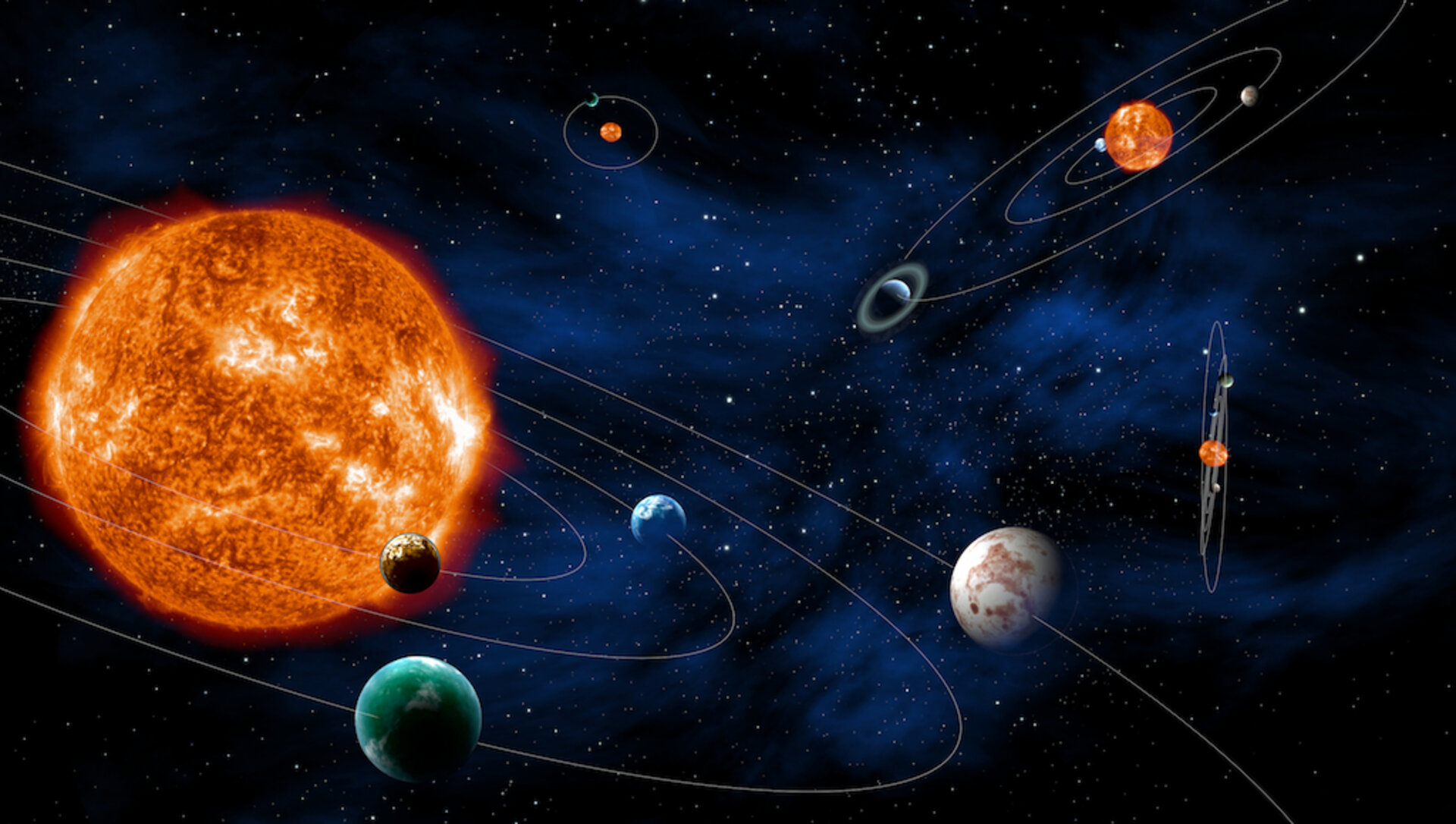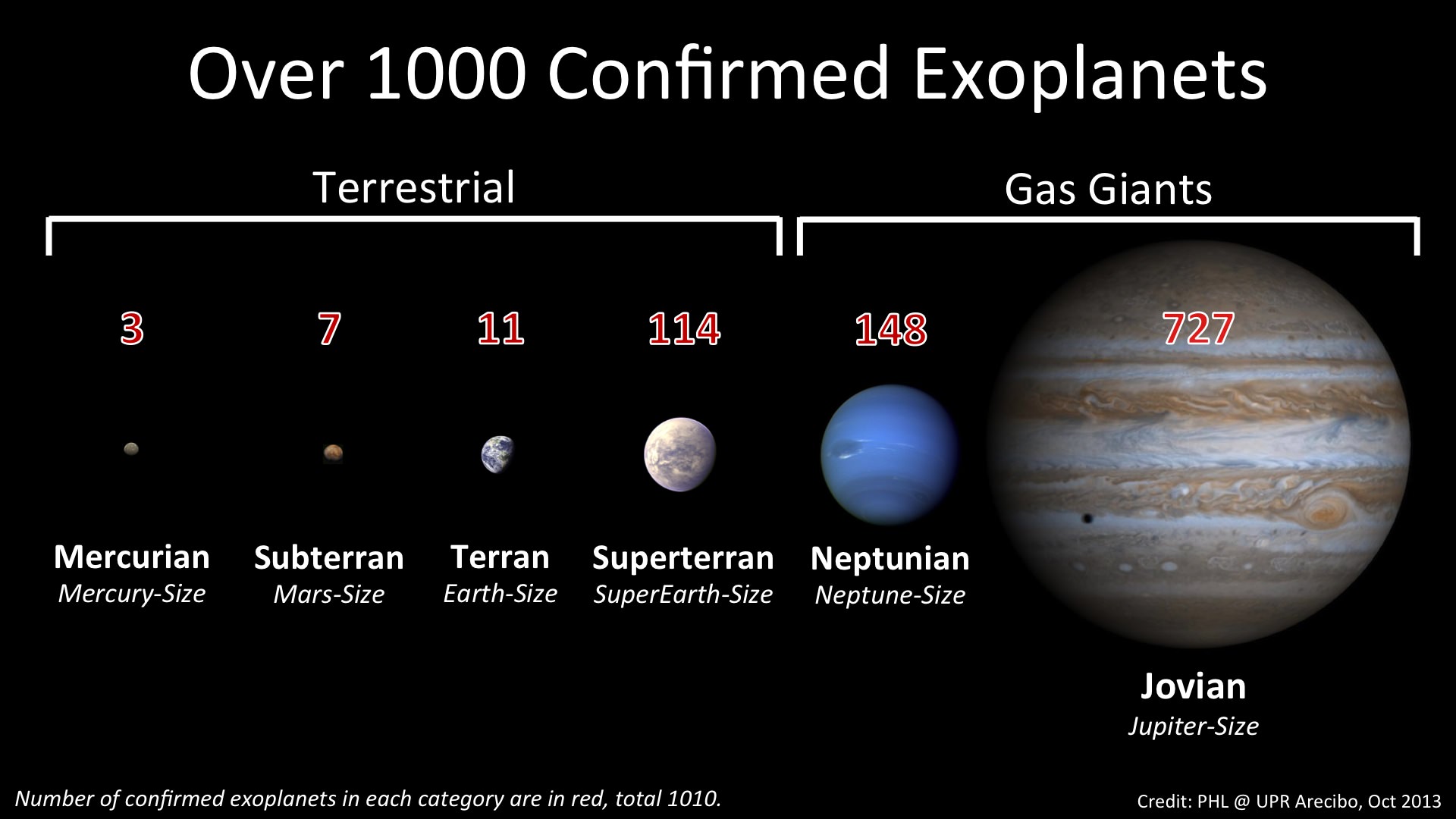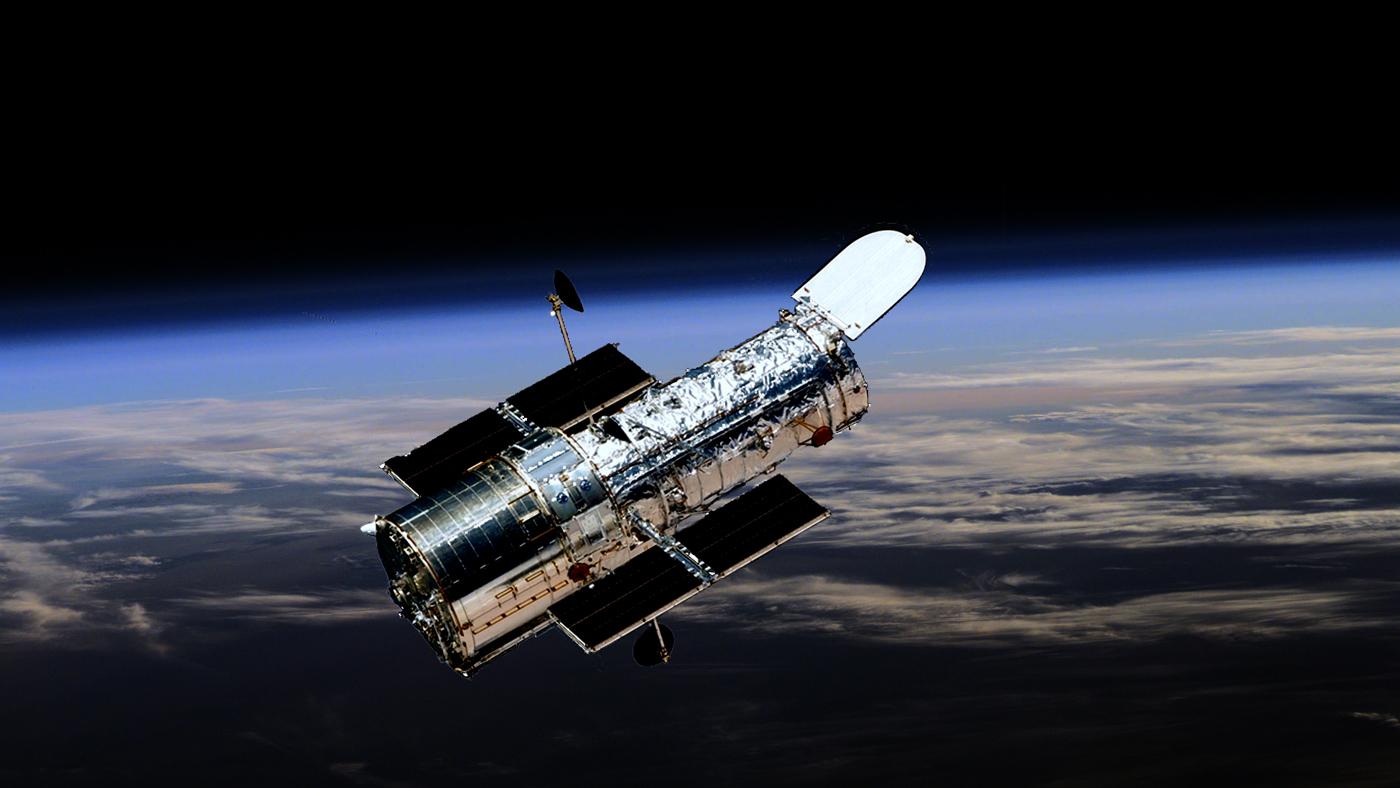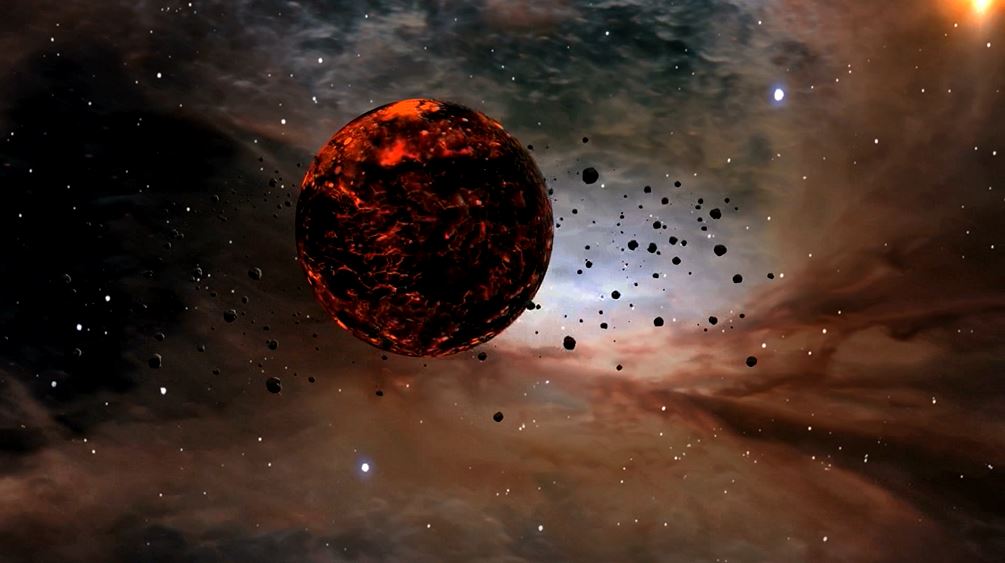Scientists caught telling half truths

Yesterday I watched the first episode of a new scientific documentary series on cosmology called “The Great Acceleration” and was shocked at the bald-faced lies that were presented to prop up an atheistic view of the universe. At one point, the narrator, Dr. Shalin Naik, said, “Planets like our own are everywhere.”
Shortly after, Dr. Brad Tucker, an astrophysicist at the Australian National University, boldly proclaimed, “We are not unique. Kepler [a space telescope launched in 2009] told us that there are 20 billion planets like Earth in our galaxy alone.”
Really? 20 billion Earth-like planets in our galaxy!

Before I explain why atheistic scientists are so keen to paint Earth as unremarkable and common, let me first reveal how shocking and blatant this lie is, by pointing you to the facts.
Because the FACT is that scientists have not yet discovered a SINGLE planet that is even REMOTELY similar to Earth.
As of 24 August 2020, scientists have discovered a total of 4,201 confirmed exoplanets (planets orbiting other stars) and NONE of those are confirmed Earth-like planets capable of sustaining life.
This is a LONG way from 20 billion! You can easily verify this information on a plethora of scientific websites. For example, NASA has a website called “Exoplanet Catalogue” and there is another website called “Open Exoplanet Catalogue”. These and many other websites list each confirmed exoplanet and provide data concerning the planet’s mass, radius, distance from its star and any other characteristics that have been discovered such as possible atmospheric gases, temperature range, etc.
Because of the vast distances from Earth of these exoplanets, very few of these planets can actually be viewed by even our strongest space telescopes; Hubble and Kepler. Almost all of these planets have simply been inferred by observing tiny eccentric perturbations in the movement of their relevant stars caused by the gravitational effect of a probable planet in orbit.
Scientists observe the faintest wobble in a star’s trajectory and deduce the existence of a planet, estimating its probable mass and distance from the star. 97% of all exoplanets discovered so far have been detected via this method and are too distant to be viewed at all.

A handful of exoplanets, however, are close enough to be viewed with the Hubble telescope. But even in these cases, using the most powerful magnification available to us, they are merely tiny points of light, reflecting their star’s brilliance.
The planet itself cannot be seen in any detail. In the case of these few planets, spectral analysis of the light being reflected by the planet enables scientists to estimate the kind of gases that might be in their atmosphere, if they have one at all. So far, no planets with a breathable, Earth-like atmosphere have been discovered.
Furthermore, the vast majority of exoplanets orbit their star OUTSIDE the habitable zone of their star. They either orbit too near (and are thus too hot) or too far (and are too cold) from the star to be life-permitting. Most exoplanets are also far too massive to sustain life as we know it.
Of the 4,021 currently known exoplanets, only 20 are Earth-sized rocky planets that orbit within their star’s habitable zone. Even in these cases, scientists have no idea whether these planets have an atmosphere, liquid water or any of the other essential characteristics necessary for life.
In fact, cosmologists have a long list of characteristics deemed to be essential if a planet is to be life-permitting:
- – Orbiting within the star’s habitable zone
- – Liquid water
- – Breathable atmosphere
- – Moving tectonic plates
- – Liquid core
- – Rocky planet (not a gas planet)
- – Magnetic shield (to protect from harmful radiation)
- – Rotates (is not tidally locked with one face permanently facing its sun)
- – Axial tilt for seasons
- – Elliptical orbit for seasons
- – Large moon for tidal circulation of nutrients and temperature control
- – Temperature range between 0 and 100 Celsius (so liquid water can exist)
- – Episodic volcanism and out-gassing
- – Life-permitting surface pressure
- – Life-permitting rotation rate
- – Orbiting the right kind of star (as many star types would be deadly to life)
- – The presence of carbon-based photochemistry
- – The right distance from the galactic core (too close would be deadly because of radiation)
I’ll stop there, because scientists currently propose 30 essential factors that are necessary for a planet to be habitable and life-permitting. Each of these criteria are essential; without any one of these, the development and sustenance of biological life would not be possible. So far, of the 4,021 exoplanets currently discovered, NONE of them come even close to meeting all this criteria. For example, we have not yet discovered a single planet with liquid surface water. And we have not yet discovered a single planet with a breathable atmosphere. Not one!
So, how do scientists like Dr. Brad Tucker get away with claiming that “there are 20 billion planets like Earth in our galaxy alone”?
There are two parts to the answer.
- Firstly, the “20 billion” figure, is an estimate of the existence of ANY kind of planet, based on current findings. Currently, about 1 in 10 stars in our nearby galactic neighbourhood appear to have at least one planet. Given that our Milky Way Galaxy has about 200 billion stars, scientists therefore extrapolate that our galaxy probably contains about 20 billion planets.
- So far, so good. But the ‘like Earth” claim, is a blatant lie. As we have already seen, NONE of the exoplanets so far discovered are even remotely like Earth, as far as we have been able to tell.
Probability estimates have been made to ascertain the likelihood of all 30 habitability factors coming together in the same planet by pure chance, and it turns out that there aren’t enough estimated planets in the entire universe for an Earth-like planet to have evolved by chance.
A recent study by astrophysicist, Dr. Erik Zackrisson from Uppsala University, Sweden, used computer modelling to simulate the universe’s evolution following a Big Bang, and the modelling estimated that the probability of an Earth-like planet evolving by pure chance is 1 in 700 quintillion.
This is essentially zero in statistical terms. His landmark study was published in “The Astrophysical Journal” and poured cold water on the exaggerated claims of atheistic, evolution-believing scientists.
So, why are atheists and evolutionists so keen to claim that Earth is not unique? The reason is that if they can show that planets like Earth can evolve purely by chance and in great numbers via mechanistic evolutionary processes, then the necessity for a divine creator is done away with. Effectively, atheistic scientists are saying to the general public, “Nothing to see here, folks! There’s nothing special about the Earth. Mother nature is throwing up planets like this all over the place. There is no God who has created a special home for us.”
Increasingly, however, their ridiculous, deliberately misleading claims, are being refuted by the evidence of hard science. The Earth is unique. It is a shining jewel in the vast bleakness of the universe. It is a miraculous place; a safe haven in the harshness of our beautiful but deadly universe. The Earth stands alone as a work of wonder with a statistically impossible confluence of habitability factors that absolutely screams out that there is an intelligent, all-powerful Creator.
It frustrates me that atheistic scientists repeatedly get away with making their outrageous claims via popular media. And, sadly, the vast majority of viewers just lap it up as one more piece of evidence confirming their belief that we are all just the product of brute chance. But the truth is that the more we discover about the universe, the more we realise how special and miraculously unique our planet really is.
“For since the creation of the world, God’s invisible qualities – his eternal power and divine nature – have been clearly seen, being understood from what has been made.” (Romans 1:20)
The evidence is staring us in the face, for those who have eyes to see!
Author: Kevin Simington (B.Th. Dip. Min.) is a theologian, apologist and social commentator. He spent 31 years in Christian ministry as a church pastor and a Christian educator. He is the author of Finding God When He Seems to be Hiding; No More Monkey Business: Evolution in Crisis; and Making Sense of the Bible. He is now a full time author and speaker. Visit https://smartfaith.net/.


